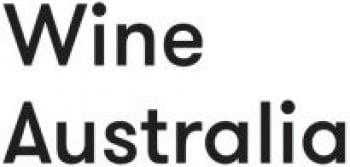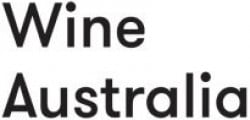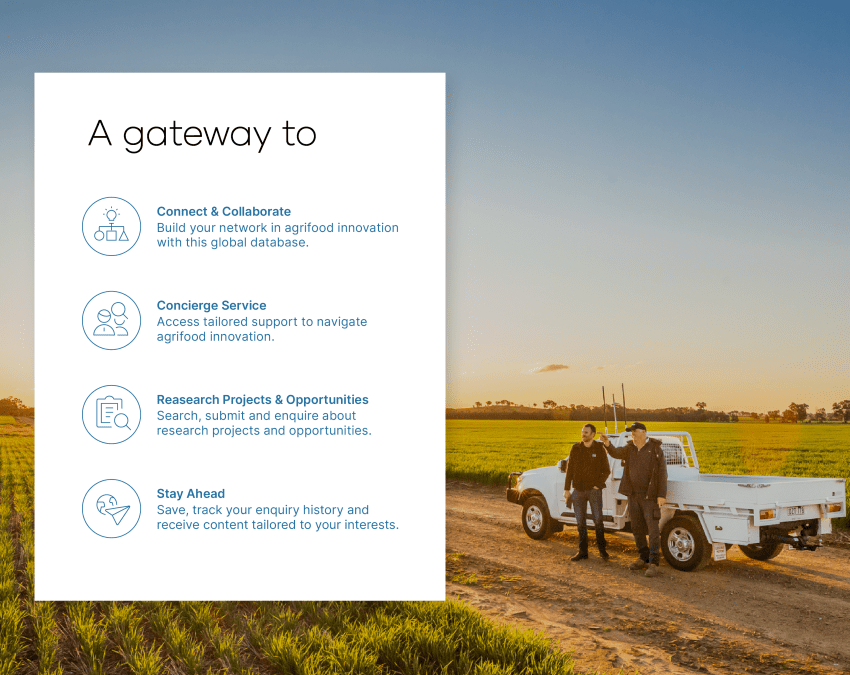
Wine Australia helps foster and encourage profitable, resilient and sustainable Australian winegrape and wine businesses by investing in research and development (R&D), building markets, disseminating market information and knowledge, encouraging adoption and ensuring compliance through our regulatory functions. We also administer the Export and Regional Wine Support Package.

Location
Organisation type
Focus areas
Industries
Sustainabilities
Technology areas
Related Stories
Explore all stories
Related Opportunities
Browse all opportunities
Wine Australia – wine grape yield prediction and estimation commercialisation opportunity
-
Led by
Wine Australia
-
Opportunity type
Licensing, Seeking partners
-
Readiness
Early (TRL 1-4)Describes the challenge or opportunity being pursued and undertakes preliminary R&D to determine if the concept is feasible.

Producer-led agtech demonstration case studies: wine grapes
-
Led by
Wine Australia
-
Opportunity type
Seeking interest, Field trial, Seeking solutions
-
Readiness
Late (TRL 8-9)Commercial optimisation of the product/service, testing and commercial distribution.

Grapevine yield forecasting
-
Led by
Wine Australia
-
Opportunity type
Seeking interest, Seeking partners
-
Readiness
Mid (TRL 5-7)Proof of concept in the laboratory then in the field resulting in the development of a minimum viable product (MVP).

Grapevine canopy measurement
-
Led by
Wine Australia
-
Opportunity type
Seeking interest, Research partner, Seeking partners
-
Readiness
Early (TRL 1-4)Describes the challenge or opportunity being pursued and undertakes preliminary R&D to determine if the concept is feasible.
Research projects
Other research projects
Management and diagnosis of grapevine trunk disease in vineyards and nurseries
-
Funded by
Wine Australia
-
Project date
1 Jul 2022 - 30 Jun 2027
-
Research organisation
South Australian Research and Development Institute (SARDI)

Volatile compound insights: Flavour attributes of current and future commercial significance to growers and winemakers
-
Funded by
Wine Australia
-
Project date
17 Jun 2022 - 30 Jun 2026
-
Research organisation
The Australian Wine Research Institute (AWRI)

Genetic diversity of Australian wine grapevine germplasm
-
Funded by
Wine Australia
-
Project date
17 Jun 2022 - 30 Jun 2024
-
Research organisation
The Australian Wine Research Institute (AWRI)

Fermentation management through optimal microbial consortia
-
Funded by
Wine Australia
-
Project date
17 Jun 2022 - 30 Jun 2026
-
Research organisation
The Australian Wine Research Institute (AWRI)

Addressing production challenges through the management of wine non-volatiles
-
Funded by
Wine Australia
-
Project date
17 Jun 2022 - 30 Jun 2026
-
Research organisation
The Australian Wine Research Institute (AWRI)

Wine components and interactions influencing the in-mouth sensory properties of Australian wine
-
Funded by
Wine Australia
-
Project date
17 Jun 2022 - 30 Jun 2026
-
Research organisation
The Australian Wine Research Institute (AWRI)

Transformative microbiological inputs for innovative winemaking
-
Funded by
Wine Australia
-
Project date
17 Jun 2022 - 30 Jun 2026
-
Research organisation
The Australian Wine Research Institute (AWRI)

Emissions Reduction Roadmap
-
Funded by
Wine Australia
-
Project date
6 Jun 2022 - 5 Dec 2022
-
Research organisation
Edge Environment Pty Ltd

Implementation of a national standard for grapevine certification - Phase 2a
-
Funded by
Wine Australia
-
Project date
10 Oct 2022 - 30 Jun 2024
-
Research organisation
Foundation Viticulture
-crop-850x675.png)
Be featured and enhance your exposure
Submit your organisation today.
Navigating the research and innovation ecosystem is not always easy. To make it easier for the growAG. audience to connect with you, please submit your organisations details below.
Have questions? Find answers to our most frequently asked questions on research projects, commercial opportunities, organisations and more.

